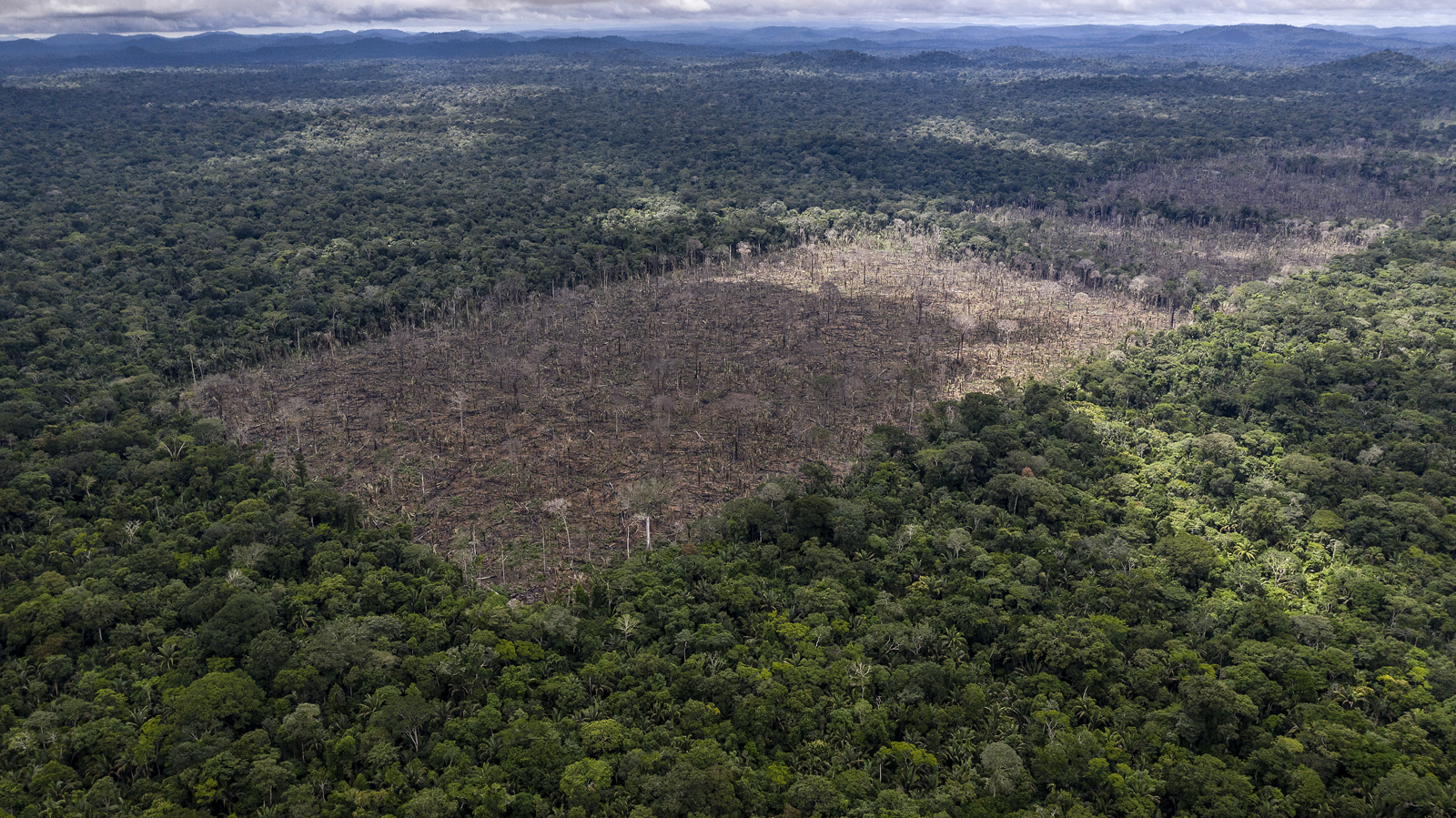REDD+ Projects (Avoided Deforestation)
Plant-based
REDD+ (Reducing Emissions from Deforestation and Forest Degradation) projects aim to conserve forests by preventing deforestation and degradation. These projects provide financial incentives to landowners and communities to keep forests intact, which helps maintain carbon sinks and biodiversity.
Deforestation and forest degradation are major contributors to climate change, as they release vast amounts of carbon dioxide into the atmosphere. REDD+ (Reducing Emissions from Deforestation and Forest Degradation) projects offer a valuable solution by preventing the destruction of forests and preserving their carbon-sequestering capabilities.
How REDD+ Works
REDD+ projects typically involve the following steps:
- Baseline Establishment: A baseline is established to measure the current rate of deforestation and forest degradation in a targeted area.
- Conservation Activities: Activities are implemented to reduce deforestation and forest degradation, such as strengthening forest governance, promoting sustainable land use practices, and providing alternative livelihoods for communities that rely on forest resources.
- Monitoring and Verification: The effectiveness of REDD+ projects is monitored and verified to ensure that emissions reductions are achieved.
- Carbon Credits: Carbon credits are generated based on the emissions reductions achieved through the project. These credits can be sold or traded, providing financial incentives for participating countries and communities.
Benefits of REDD+
REDD+ projects offer numerous benefits, including:
- Climate Change Mitigation: By preventing deforestation and forest degradation, REDD+ projects help to reduce greenhouse gas emissions and mitigate the impacts of climate change.
- Biodiversity Conservation: Forests are home to a vast array of biodiversity, and REDD+ projects help to protect these ecosystems and the species they support.
- Community Development: REDD+ projects often provide financial incentives and support to local communities, helping to improve their livelihoods and reduce poverty.
- Sustainable Land Use: REDD+ projects promote sustainable land use practices, such as agroforestry and sustainable logging, that can benefit both people and the environment.
Challenges and Considerations
While REDD+ projects offer significant benefits, there are also challenges to consider:
- Leakage: Deforestation may occur in areas outside of REDD+ project boundaries, known as leakage. Effective monitoring and enforcement are crucial to prevent leakage.
- Permanence: Ensuring the permanence of carbon reductions achieved through REDD+ projects is essential. This requires long-term commitment and effective governance.
- Benefit Sharing: Fair and equitable benefit sharing between participating countries and communities is important to ensure the sustainability of REDD+ projects.
Conclusion
REDD+ projects are a valuable tool for combating climate change and protecting our planet's forests. By preventing deforestation and forest degradation, these projects help to preserve biodiversity, improve livelihoods, and mitigate the impacts of climate change. As the world continues to address the challenges of climate change, REDD+ will play a crucial role in building a more sustainable future.
